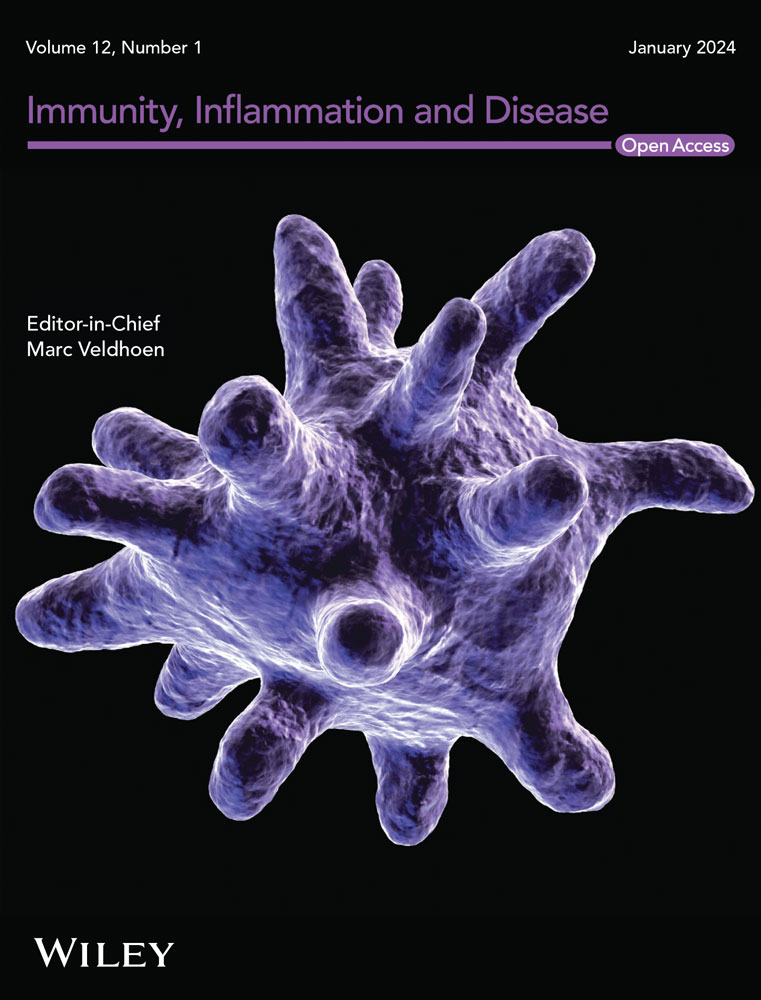Research Progress of Plasma Cell Mastitis
Abstract
Background
Plasma cell mastitis (PCM), also termed mammary duct ectasia, is a chronic nonbacterial inflammatory disease characterized by mammary duct dilation and plasma cell infiltration. Due to its varied and nonspecific clinical presentation, PCM is frequently misdiagnosed as breast cancer, complicating clinical management.
Objectives
This review aims to summarize recent advances in the understanding of PCM, focusing on its etiology, clinical manifestations, diagnosis, and treatment strategies, as well as clarifying differential diagnostic points with granulomatous mastitis (GLM).
Methods
We reviewed recent literature highlighting clinical characteristics, diagnostic approaches, and therapeutic options related to PCM, including comparative studies addressing differences between PCM and GLM.
Discussion
Recent progress has enhanced understanding of PCM's clinical and pathological features, yet distinguishing PCM from GLM remains clinically challenging due to overlapping presentations. An integrated approach involving clinical evaluation, imaging modalities, and histopathological examination is recommended to improve diagnostic accuracy and clinical outcomes.
Conclusion
Further investigation into the pathogenesis of PCM is essential for developing more precise diagnostic criteria and effective treatments, ultimately improving patient prognosis and reducing misdiagnosis.

 求助内容:
求助内容: 应助结果提醒方式:
应助结果提醒方式:


